Research
Search our website
Search our website by entering a keyword or choose a database above to search specifically.
Search
Showing search results 9,061 - 9,070
14,752 results found

Kluizeplein z.n., Lier, Belgium

Kossuth Lajos utca 5, Ligetfalva, Hungary

Krankhoeveweg z.n., Putte, Belgium

Kwakkelstraat 73, Vilvoorde, Belgium

Kwakkelstraat 130-134, Vilvoorde, Belgium

Kwerpsebaan z.n., Kortenberg, Belgium

Lagesteenweg 44, Grimbergen, Belgium

Krijgsbaan 160, Mortsel, Belgium

Krankhoevelei 2, Putte, Belgium

Lagesteenweg 22, Grimbergen, Belgium








